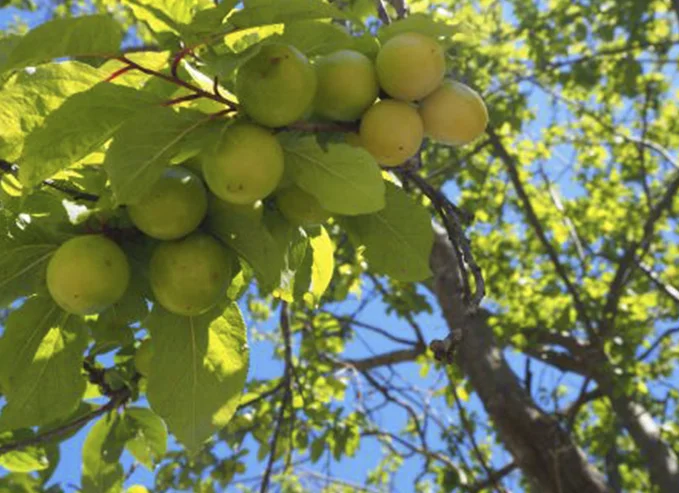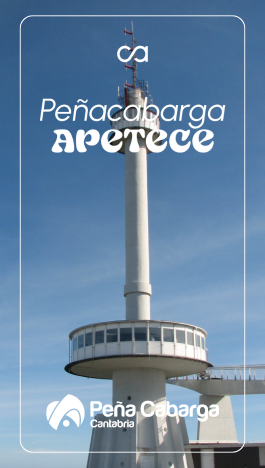Its origin is located in the Caucasus and Persia. It is a medium-sized deciduous tree. Its bluish-brown and shiny bark produces alternate, small, and thin branches.
Curiosities
The plum fruit is very popular in the culinary industry, present in desserts as well as in salads and main courses.
Its fruit is an effective treatment for constipation, thanks to its laxative and cleansing properties, and it is widely used in fluid retention diets for being a natural diuretic.
| Height | Between 6 to 15 meters |
| Leaves | Leaves 4-6 cm long, serrated edges, acute tips, hairless except for the central vein on the underside. |
| Flowers/Fruit | Flowers are white or pink, 1.5-2 cm, with five petals. Its fruit is a drupe 2-3 cm in diameter, yellow or red, edible, reaching maturity in early autumn. |
| Climate/Habitat | The plum tree is not at all demanding regarding soil; so much so that it can grow in calcareous and compact soils without any inconvenience. It resists low temperatures very well. |
| Common Name | Plum |
| Scientific Name | Prunus cerasifera |
| Genus | Prunus |
| Family | Rosaceae |




















